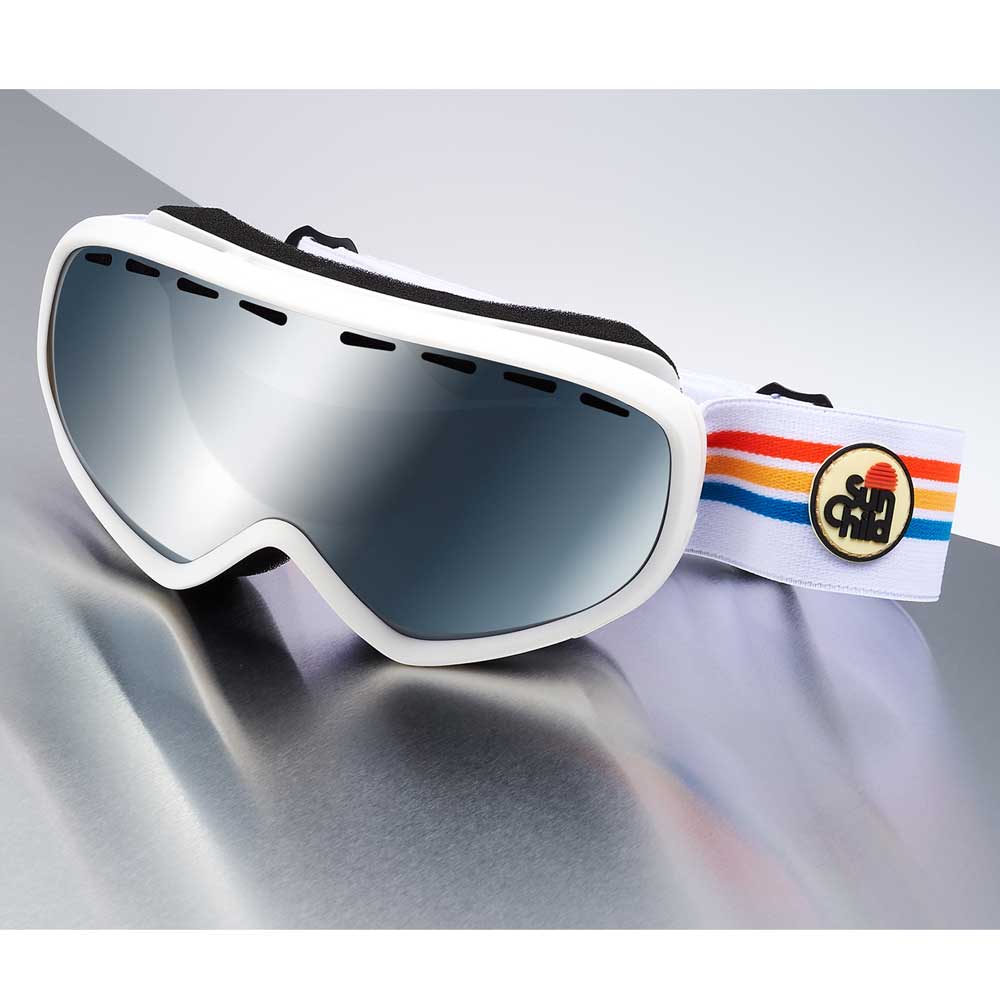Varionet News
Lunettes de lecture magnétiques : Clic, Slastik et Montana Eyewear, pratiques et compatibles avec les verres Varionet
Des lunettes de lecture astucieuses et confortables
Les lunettes de lecture magnétiques ou lunettes aimantées, séduisent de plus en plus les presbytes actifs. Grâce à leur système d’aimantation, au niveau du nez pour les marques Clic et Slastik, ou au bout des branches pour Montana Eyewear, elles s’enfilent et se retirent d’un simple geste.
How to protect your eyes and vision during a heatwave
In summer, and especially during heatwaves , our eyes are put to the test. Between intense UV rays , extreme heat and dry air , it is essential to adopt the right reflexes to protect your vision. Here are our Varionet tips for keeping your eyes healthy all summer long.
Why choose CLIC glasses with Varionet gray photochromic lenses?
Reading glasses, everyday objects, are essential for our visual comfort and the protection of our eyes. For presbyopes looking for a practical and efficient solution, CLIC glasses equipped with Varionet gray photochromic lenses could well be the perfect answer to your needs.
Varionet yellow lenses, your eyes' trendy ally
Yellow tinted lenses are all the rage. Often associated with blue light protection, they're much more than that: a must-have fashion accessory and a boon to your visual well-being. Let's discover together why Varionet yellow lenses are made for you.
Why Choose Varionet Yellow Lenses?
- Optimal protection against blue light: Excessive exposure to blue light, omnipresent in our screens and sunlight,
Long live your glasses!
Say goodbye to fog with Varionet anti-fog windshield wipers
A simple and effective way to banish fogging from your glasses: microfiber or anti-fog cloth.
Why is fogging a problem?
Fog, the opaque film that forms on lenses, is more than just a nuisance. It significantly reduces visibility, increasing the risk of accidents, especially in professional environments where precision is essential.
Discover ULTEM: A Revolutionary Material and SOLANO glasses
In the world of materials engineering, a few substances stand out for their versatility, robustness and adaptability to various applications. ULTEM ™ is one of these modern marvels, a high-performance polymer developed by SABIC. This material has conquered the industry with its remarkable properties, opening the way to an endless range of uses, including in the field of optics with the manufacture of SOLANO glasses .
Reading glasses with solar clip: A 2-in-1 for your visual comfort
The meeting of technology and innovation, even simple accessories can offer multiple functionalities to improve our daily lives. This is the case of fitted reading glasses of polarized and magnetic solar clip . it's a smart choice for anyone looking to combine sharpness, practicality and visual comfort.
Easy-to-use glasses:
Varionet photochromic lenses
The new Varionet lenses: gray photochromic digressive lenses for even more comfort and protection
The year 2023 is synonymous with photochromy for Varionet! Indeed, we suggest that you equip your reading glasses with our gray photochromic proximity lenses.
What is a photochromic lens?
Photochromic lenses are clear indoors and darken quickly in the sun outdoors when subjected to UV radiation and light.
Tips and Tricks for Maintaining Your Glasses: Keep Them Spotless!
Glasses, whether prescription, Reading glasses, sunglasses or protective glasses, are valuable accessories that require regular maintenance to extend their lifespan and ensure clear vision. Here are some practical tips for cleaning and preserving your frames and their lenses:
-
Use a microfiber cloth: To remove fingerprints, dust and light smudges from your lenses, use a microfiber cloth .
Visual fatigue: protect your eyes with computer glasses
Between smartphones , tablet , computer and television , we spend more and more time in front of our screens, on average 6 to 8 hours a day . It is a phenomenon accentuated by technological advances, dematerialization, social networks and other digital tools. Per day, we would use on average up to 4 screens . However, these screens emit a harmful light for our eyes!
Why not glasses with a nylon thread?
Semi-rimless glasses or Nylor glasses, what are they?
Semi-rimless glasses are frames whose strapping does not completely surround the lens, it is held by a robust nylon thread either on the top of the frame or more generally on the bottom of it. We can say that they are hybrid frames since they combine the minimalist design of rimless glasses and the style of rimless glasses. These semi-rimless glasses are available in metal, titanium or acetate and in different shapes and sizes.


